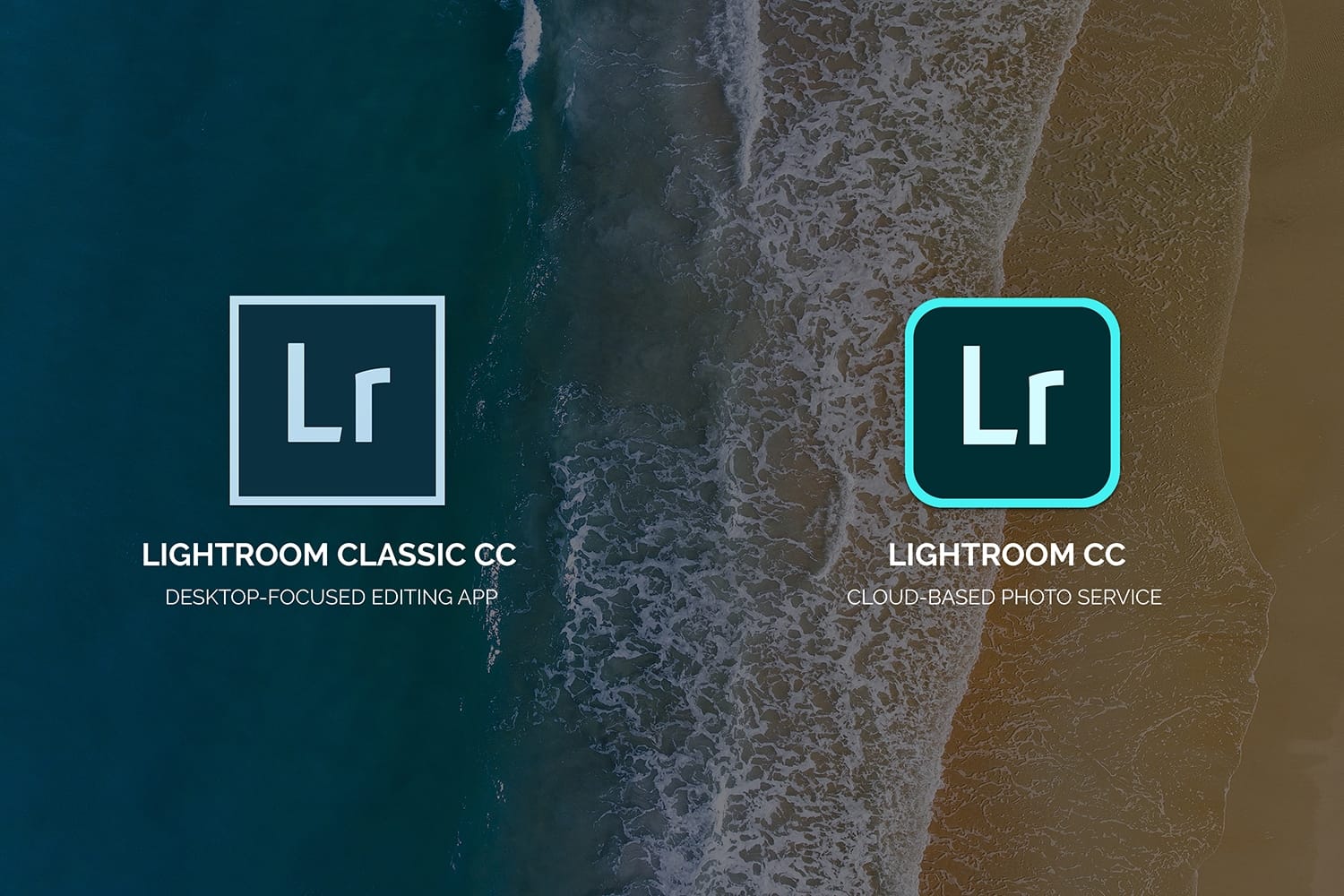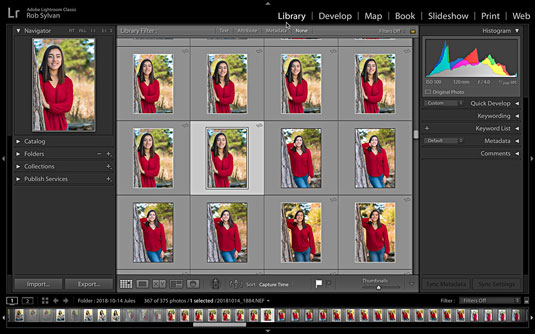

This may be a relatively a minor thing, but cloud-based Lightroom is also lacking this function.Ĭloud-based Lightroom uploads everything to one big cloud repository.
#LIGHTROOM CLASSIC HOW TO#
To learn more about how to quickly and efficiently sort through your photos, check out our detailed tutorial article and video.Īlong with rating and rejecting, you can also apply color labels, which I have found very useful on jobs where I need to separate out different photo types (ie topside vs room photos vs underwater). The biggest advantage is survey view, which lets you compare photos head-to-head, and then automatically reorganizes and zooms as required when you add or remove photos to your selection. I have seen people run into this issue with cloud-based Lightroom on a liveaboard, and it is extremely frustrating, with no way to get around it.Īdditionally, Lightroom Classic has much better functionality for sorting and comparing photos.
#LIGHTROOM CLASSIC WINDOWS#
Instead, you have to go through them one-by-one, deleting them individually off your hard drive through windows explorer. This means that you cannot use Lightroom to sort through your photos, flag the rejects, and then clear them off your hard drive to make space for more photos. Cloud-based Lightroom has no way to bulk delete your rejected files from your hard drive you can only reject them and delete them from Lightroom. However, with cloud-based Lightroom, since there is no internet connection, you have to keep your RAW files on the hard drive, rather than uploading to the cloud and then deleting. If you’re out shooting tons of photos on a liveaboard, or at a dive resort with poor internet (as most are prone to have), with Lightroom Classic you can transfer them all to your hard drive, and easily sort through and get rid of the rejects, using Lightroom’s efficient sorting functions and the option to remove them directly from your hard drive when you delete rejected photos. On one hand this cloud functionality could be very convenient, but for divers, it may actually cause an insurmountable issue. You can do cool things like making edits on your phone while you’re waiting in line at the post office, or waiting for your meal at a restaurant – talk about efficiency gains! With cloud-based Lightroom, after uploading you can now access your cloud-based images from any device – your computer, your phone, your tablet, whatever. Then, you can sort through and reject your unneeded photos as you normally would with Lightroom Classic, and then bulk delete them from the cloud. At this point, you don’t need your hard drive versions any more, and can just delete them while continuing to process your photos from the cloud. With cloud-based Lightroom, once you add files, they automatically get synced and backed up to the cloud. You import files from your hard drive, and manage them on the hard drive. Lightroom Classic handles everything through the hard drive. The two versions of Lightroom have very different philosophies for handling files, catalogs, and so on. Set file size/quality, resolution, file type (including jpeg and TIF)

Can only output as jpeg or original file type, and set the max resolution of the long edge Walk back and forth through every editing step takenĬustom file type and file size for exports None, can only go back and forward using undo/redo Simple menu option to delete all from catalog only, or from catalog and hard driveĪt top of develop pane, easy to see while editing

This is a big pain when you have no internet (ie on a dive trip) and want to delete unwanted photos I've tried to cover everything I use when editing my underwater photos in the below table.Ĭan filter for and delete, but only removes from album and cloud, not hard drive. To start this comparison, let's compare the core functionality offered by these two programs. It is designed for desktop-based editing (as opposed to cloud-based) and contains all the original Lightroom functionality. Lightroom Classic: Lightroom Classic is the new name for the latest iteration of the old Lightroom 6 (and previous models). Basically, this is a "light" version of Lightroom, designed to be cloud-based, with a simple user interface and simpler functionality.
#LIGHTROOM CLASSIC UPDATE#
It used to be called Lightroom CC, up until a very recent update where the CC was dropped. Lightroom (formerly Lightroom CC): Lightroom is the latest name for Adobe's cloud-based version of Lightroom. But the question is, which version to use? Plain old Lightroom (formerly Lightroom CC) or Lightroom Classic?

Adobe Lightroom is the go-to program for editing underwater photos, and for good reason.


 0 kommentar(er)
0 kommentar(er)
